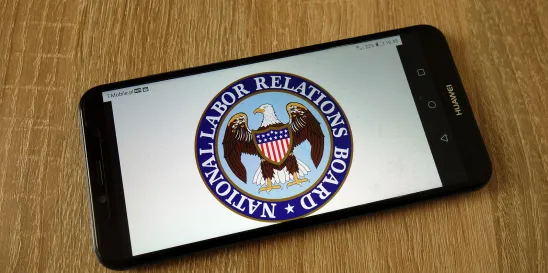A federal judge for the U.S. Eastern District of Texas vacated the National Labor Relations Board’s new joint-employer rule, finding the rule too expansive. U.S. Chamber of Commerce et al. v. NLRB et al., No. 6:23-cv-00553 (Mar. 8, 2024).
The rule, which was set to take effect March 11, 2024, following two previous delays, sought to expand the forms of control that determine joint-employer status, making it easier for employment relationships to fall under the joint-employer umbrella.
The judge issued his order following oral arguments between the Board and a coalition of business groups led by the U.S. Chamber of Commerce. The business groups argued the rule is unlawfully overbroad and would negatively affect franchisors, contractors, and staffing agencies. Indeed, the rule aimed to broaden the Board’s most recent 2020 standard issued under the Trump Administration by finding joint-employer status where an entity possessed the authority to control at least one of seven enumerated essential terms and conditions of employment, regardless of whether that control was actually exercised.
The judge vacated the new rule, finding the Board’s reach “exceeds the bounds of the common law and is thus contrary to law.” The judge also held the Board’s rescission of the 2020 rule arbitrary and capricious and reinstated the 2020 rule that requires “direct and immediate control” over the essential terms and conditions of employment of another entity to establish joint-employer status.
The recent tug-of-war on this important issue has been almost continuous, going back to the Obama NLRB’s ruling in the seminal Browning-Ferris case in 2015, which first sought to expand the direct-and-immediate-control-test (which had been the NLRB rule for decades but was later partly struck down).
While it remains uncertain whether the Board will appeal this judge’s ruling, pending litigation over the rule is also ongoing in the U.S. Court of Appeals for the D.C. Circuit. The Service Employees International Union filed a petition for review in that jurisdiction, aiming to broaden the rule even further. The competing legal challenges may ultimately need to be resolved by the U.S. Supreme Court.







 />i
/>i
